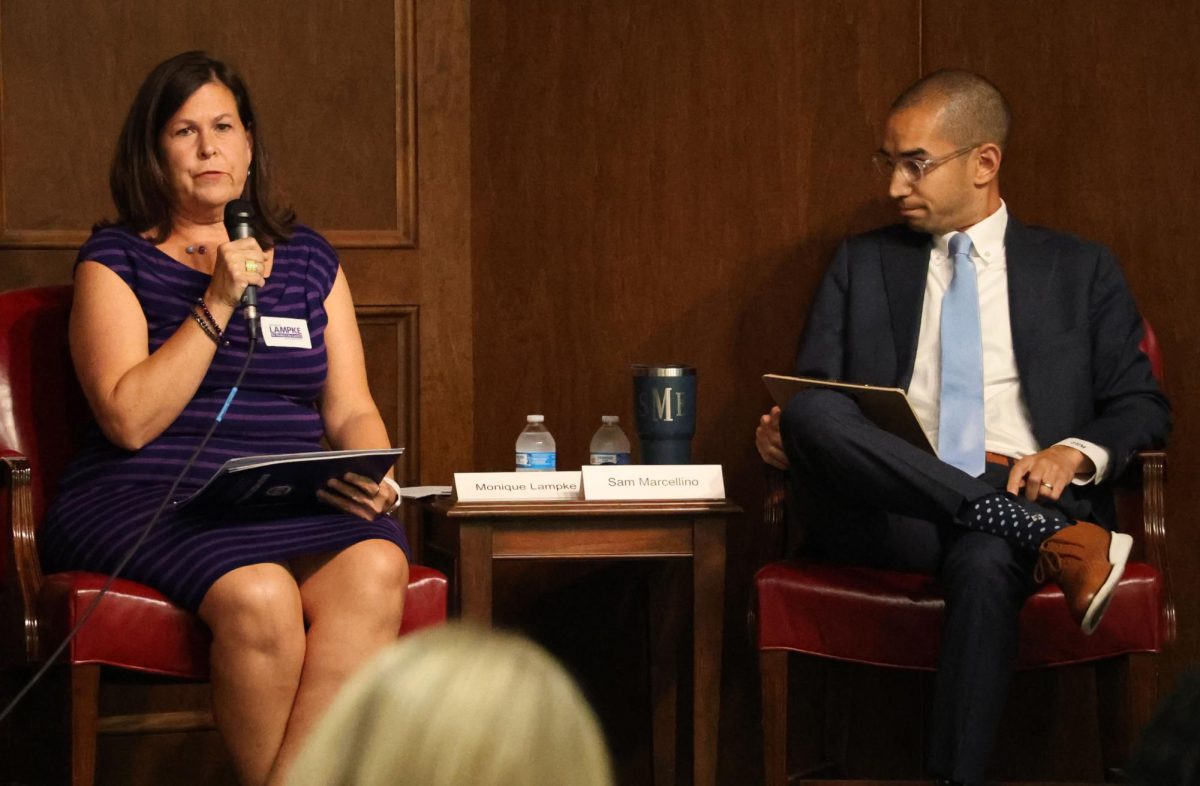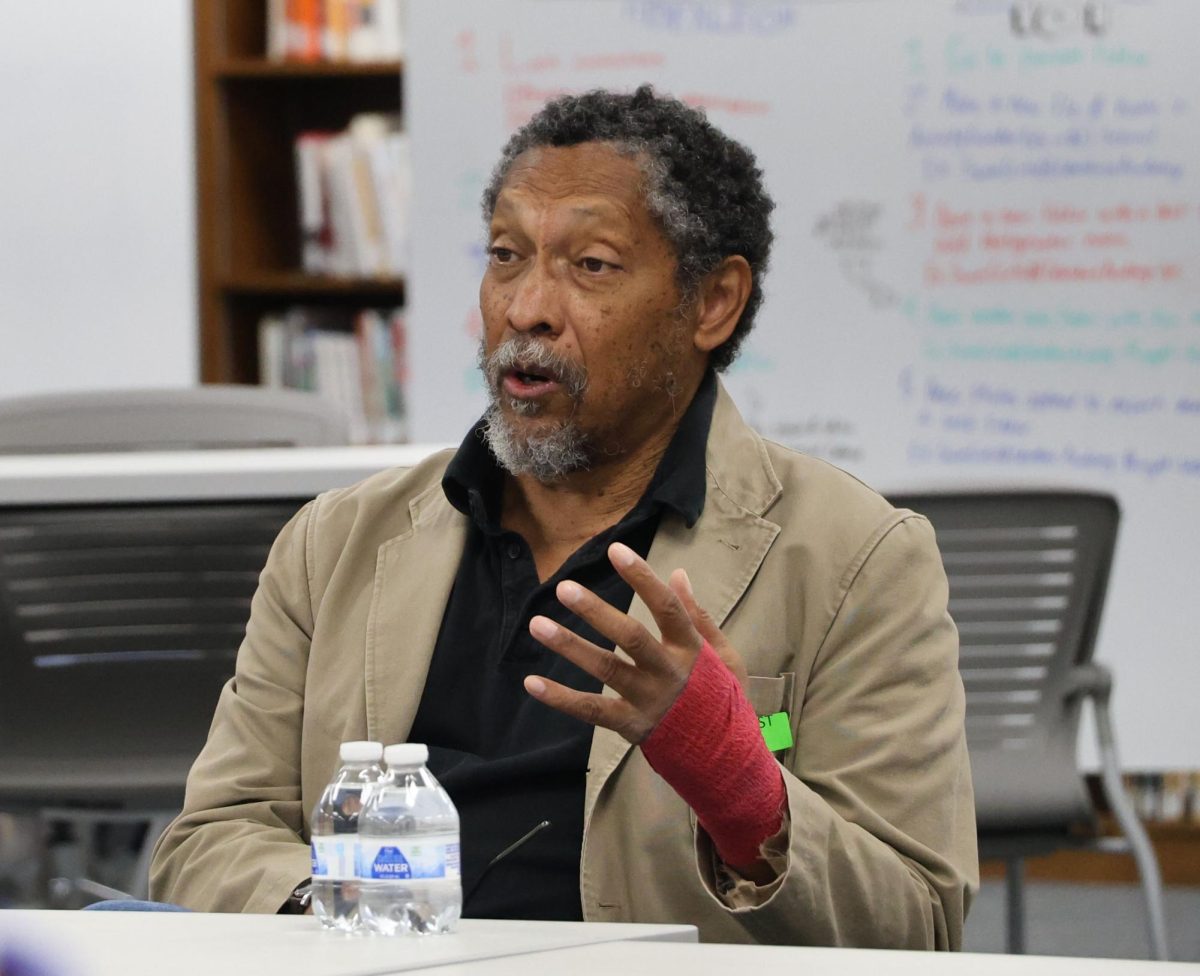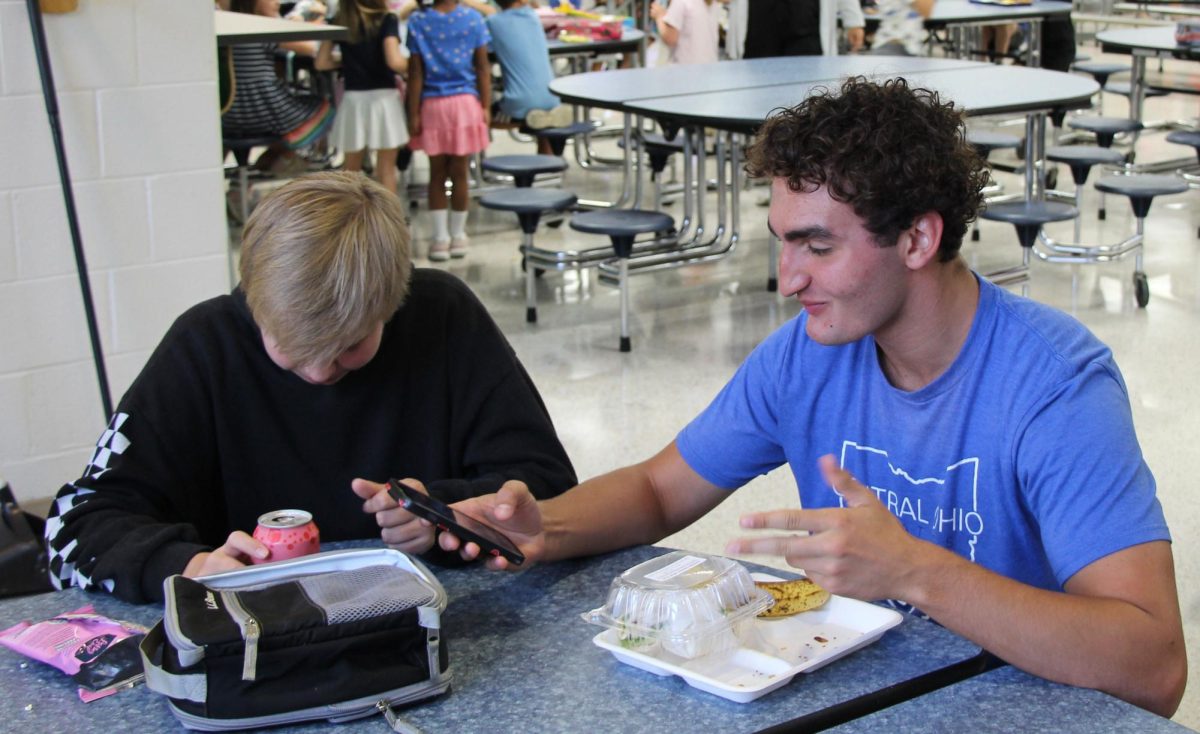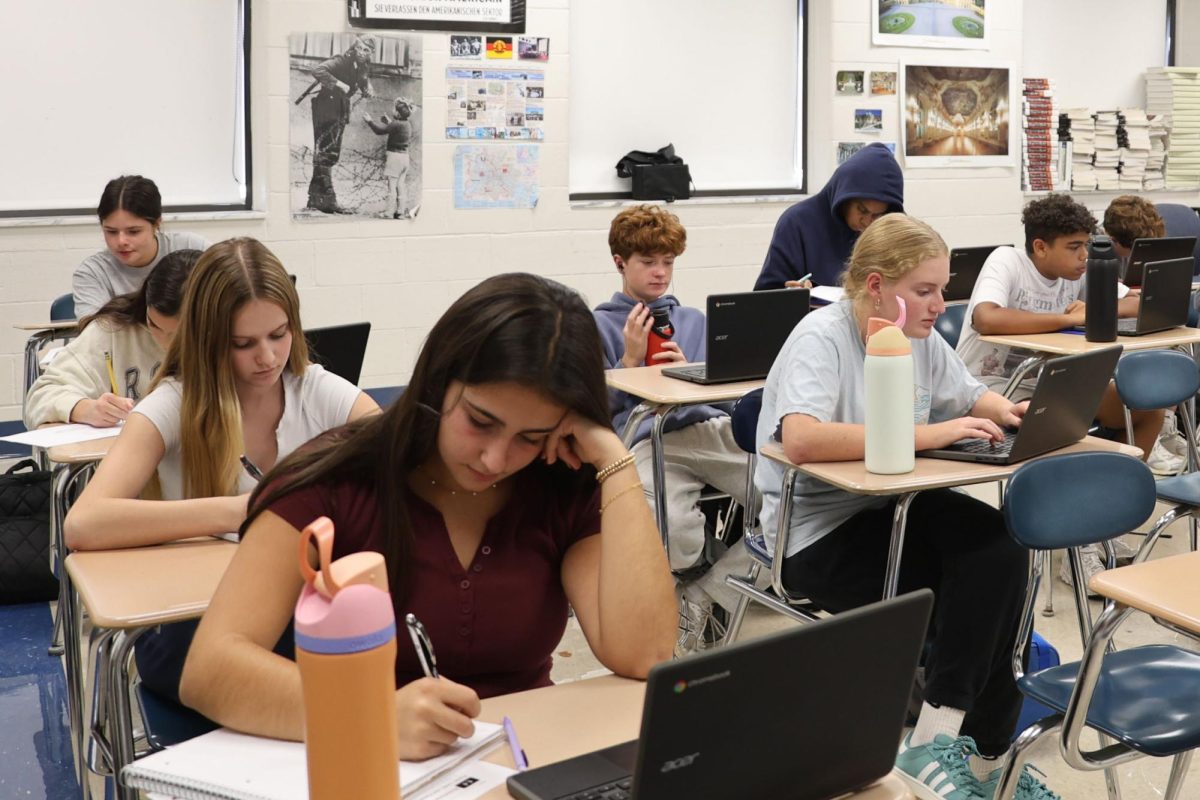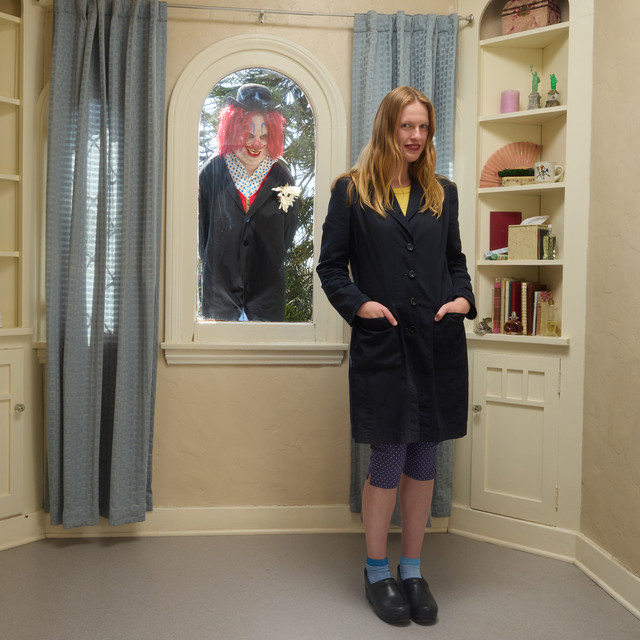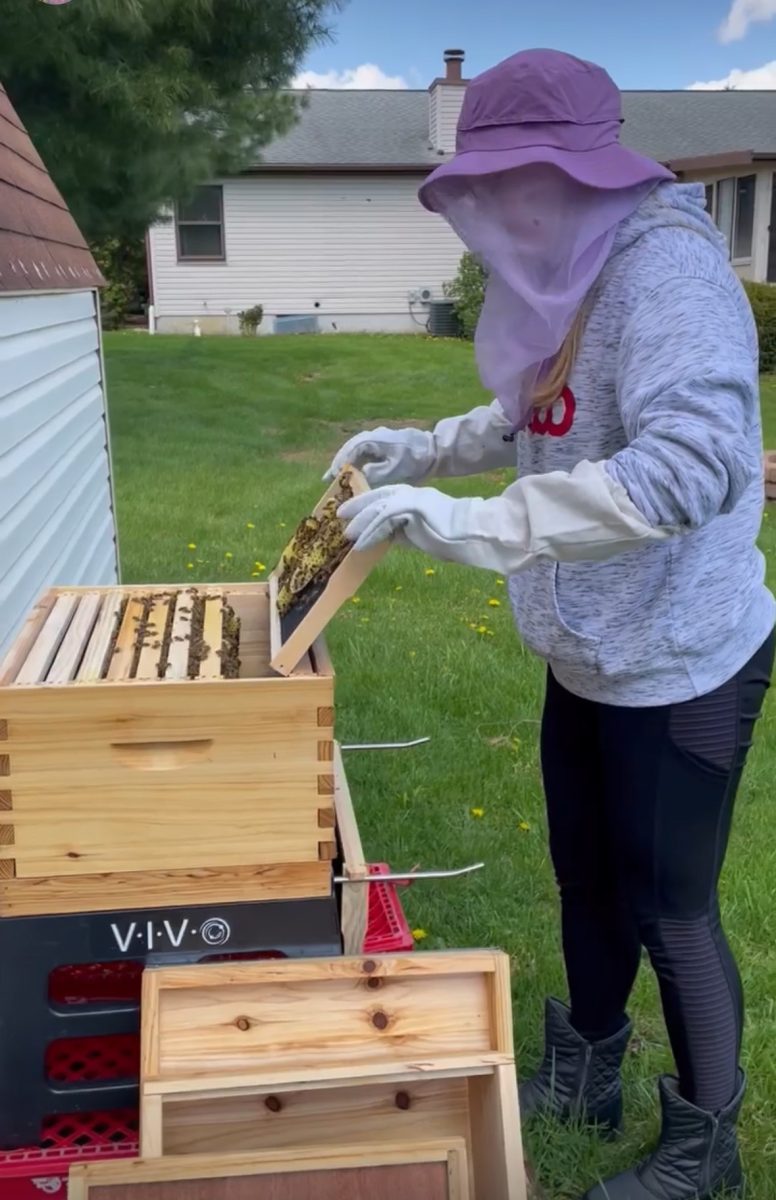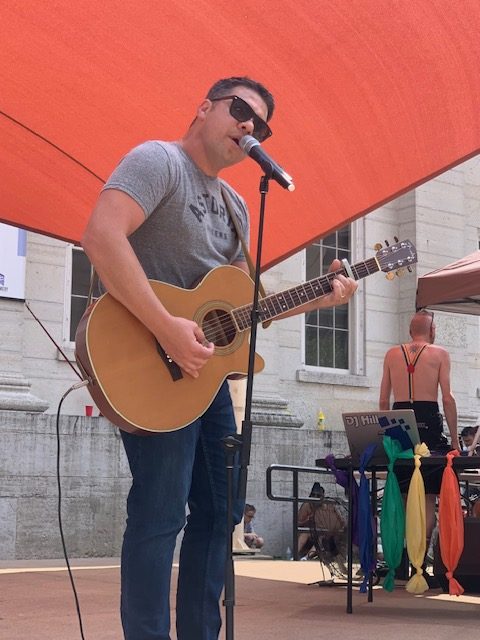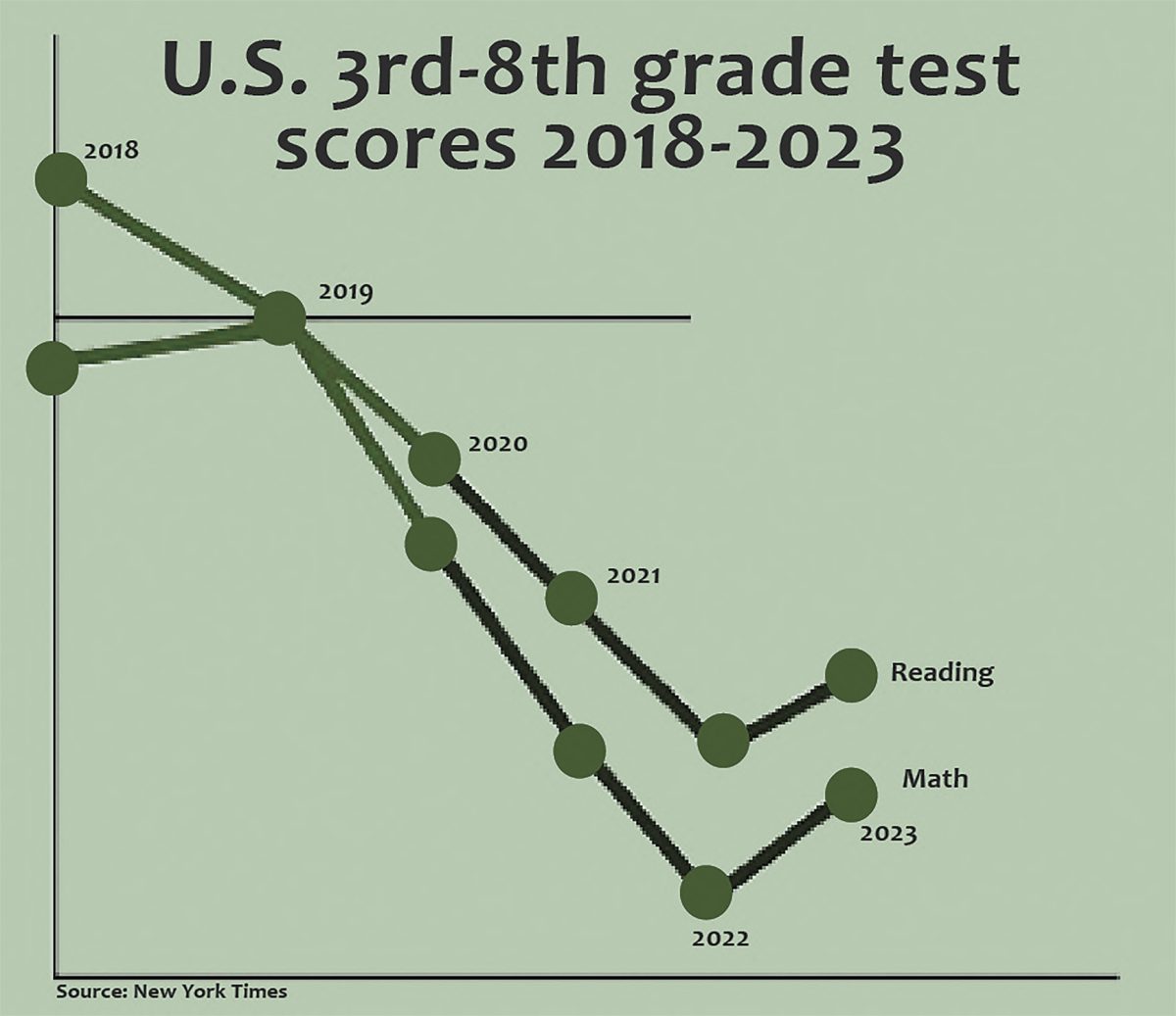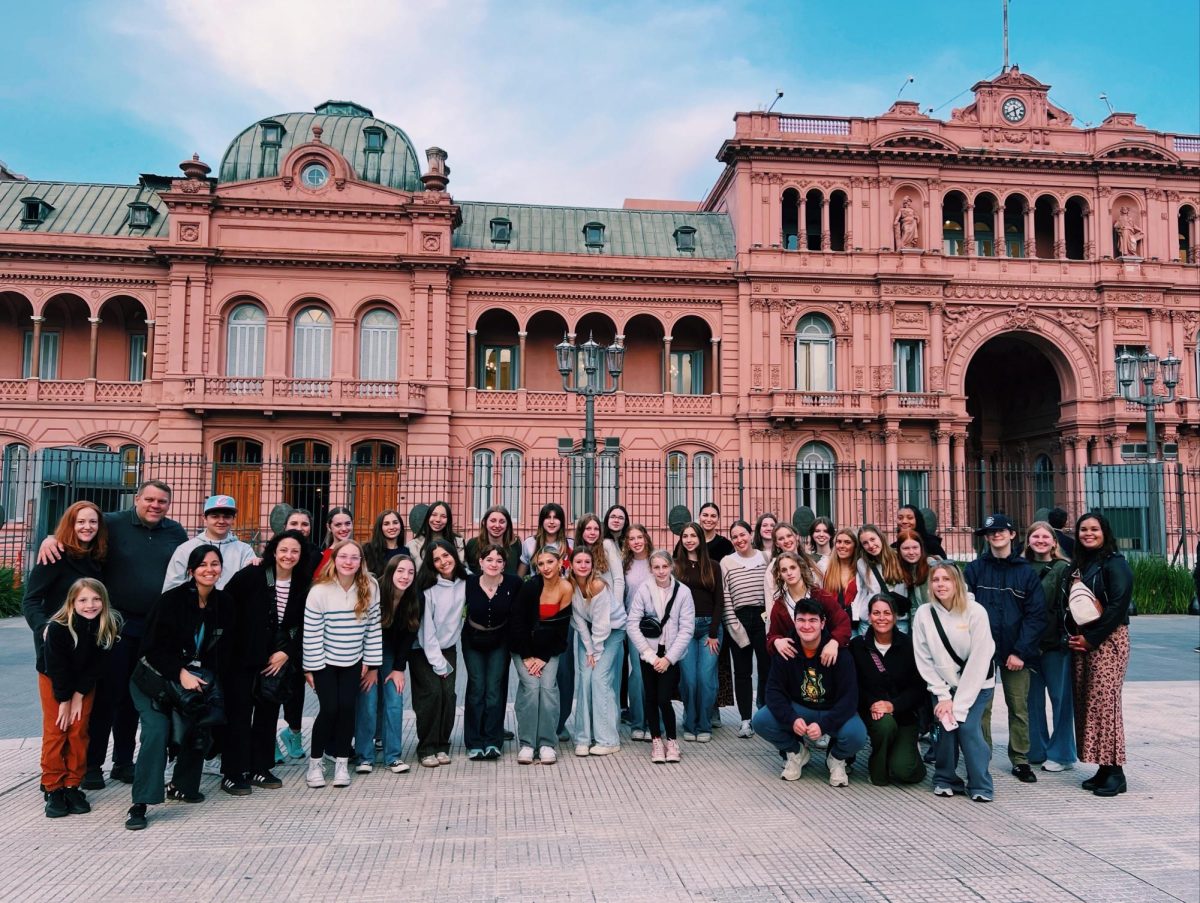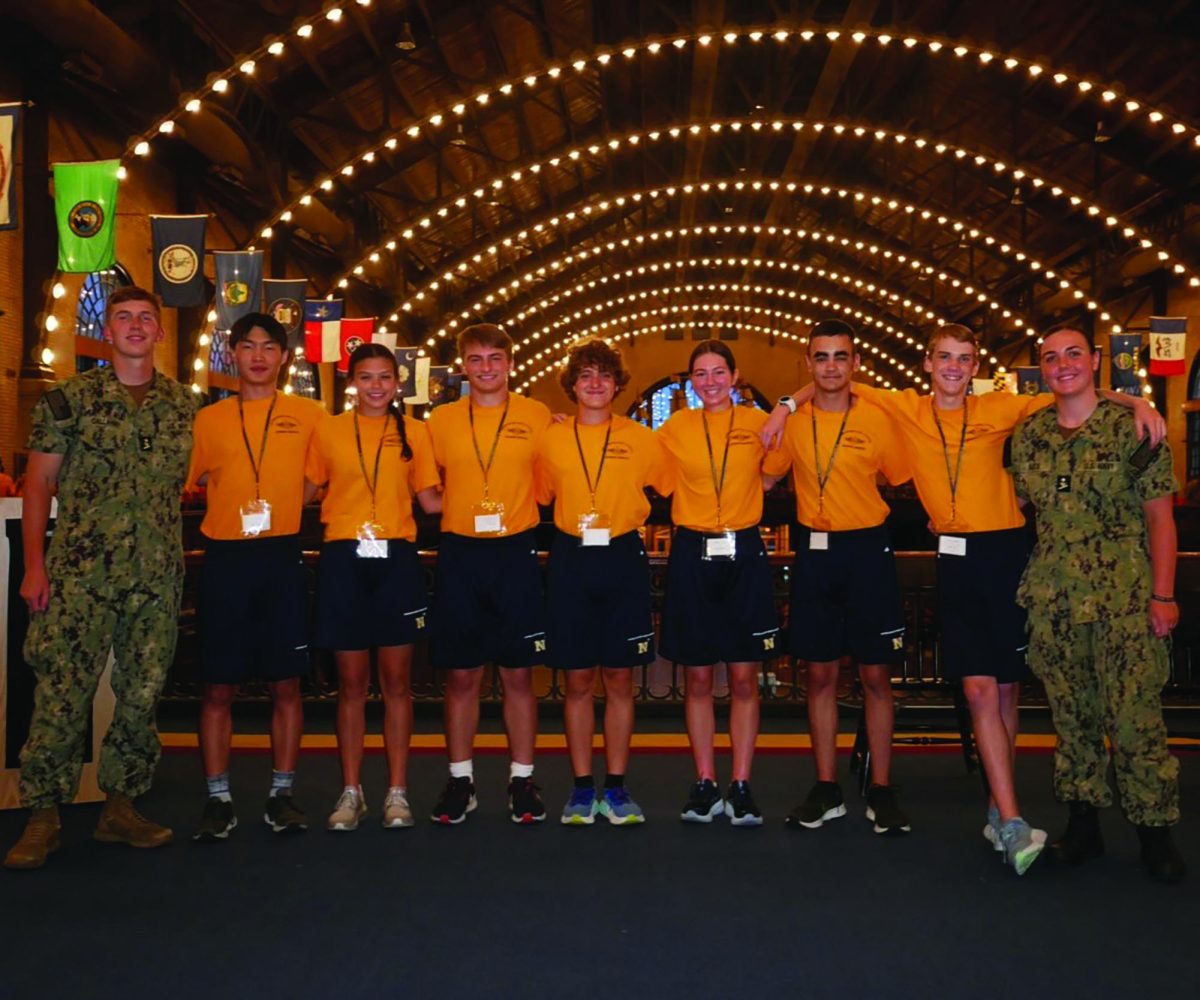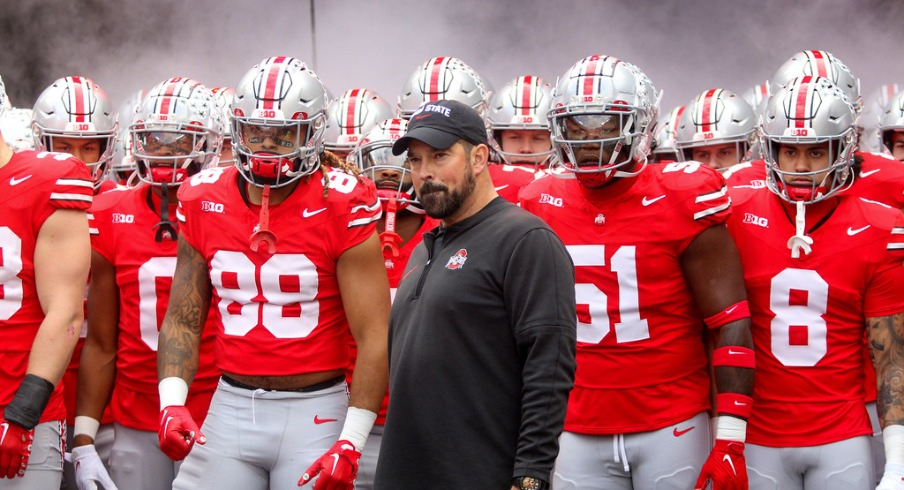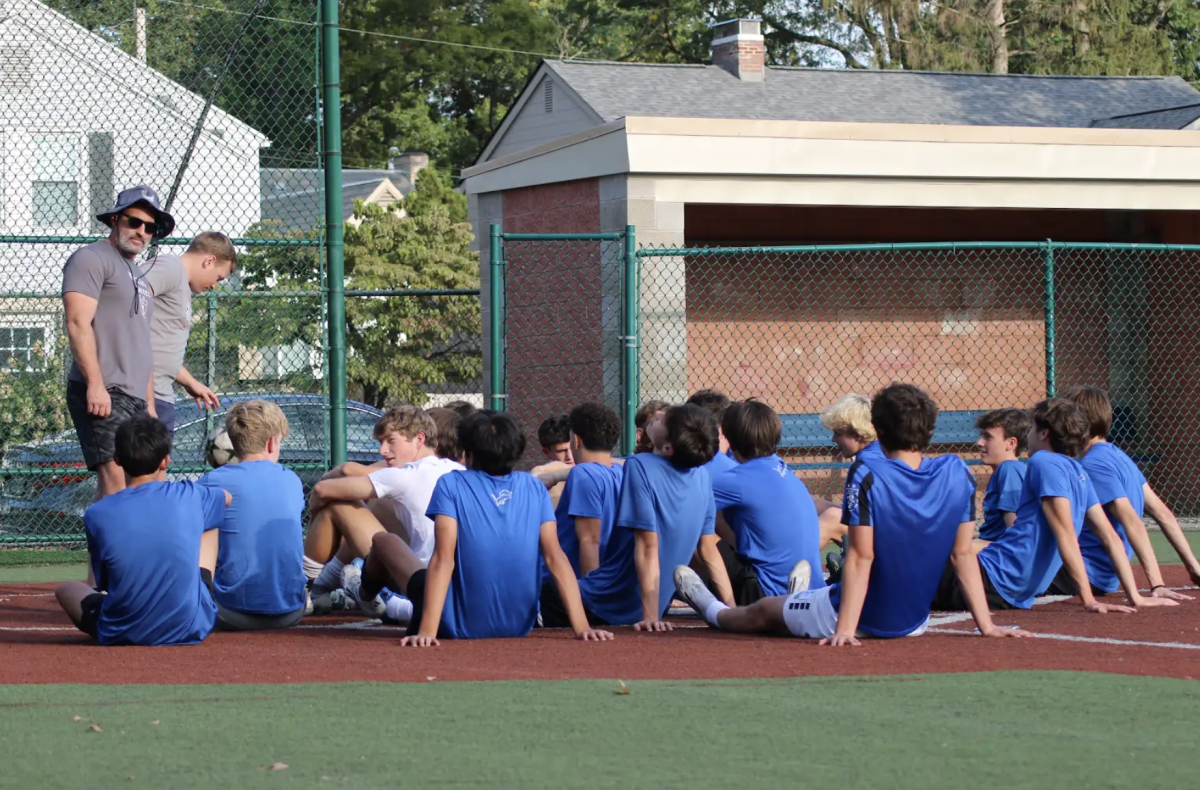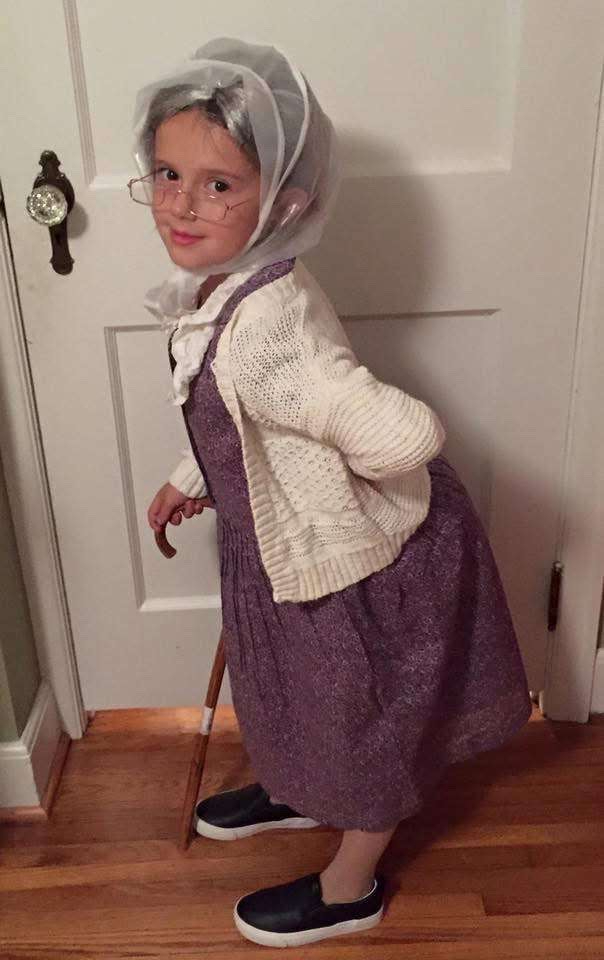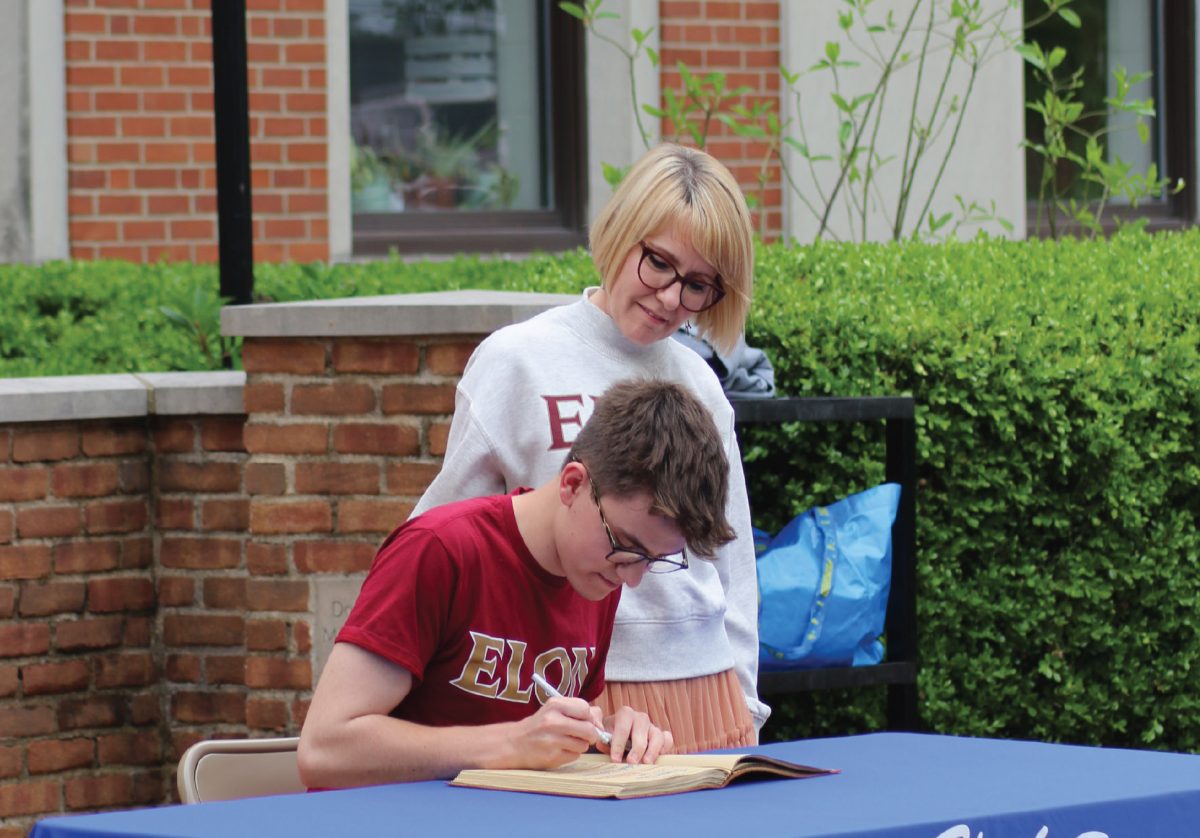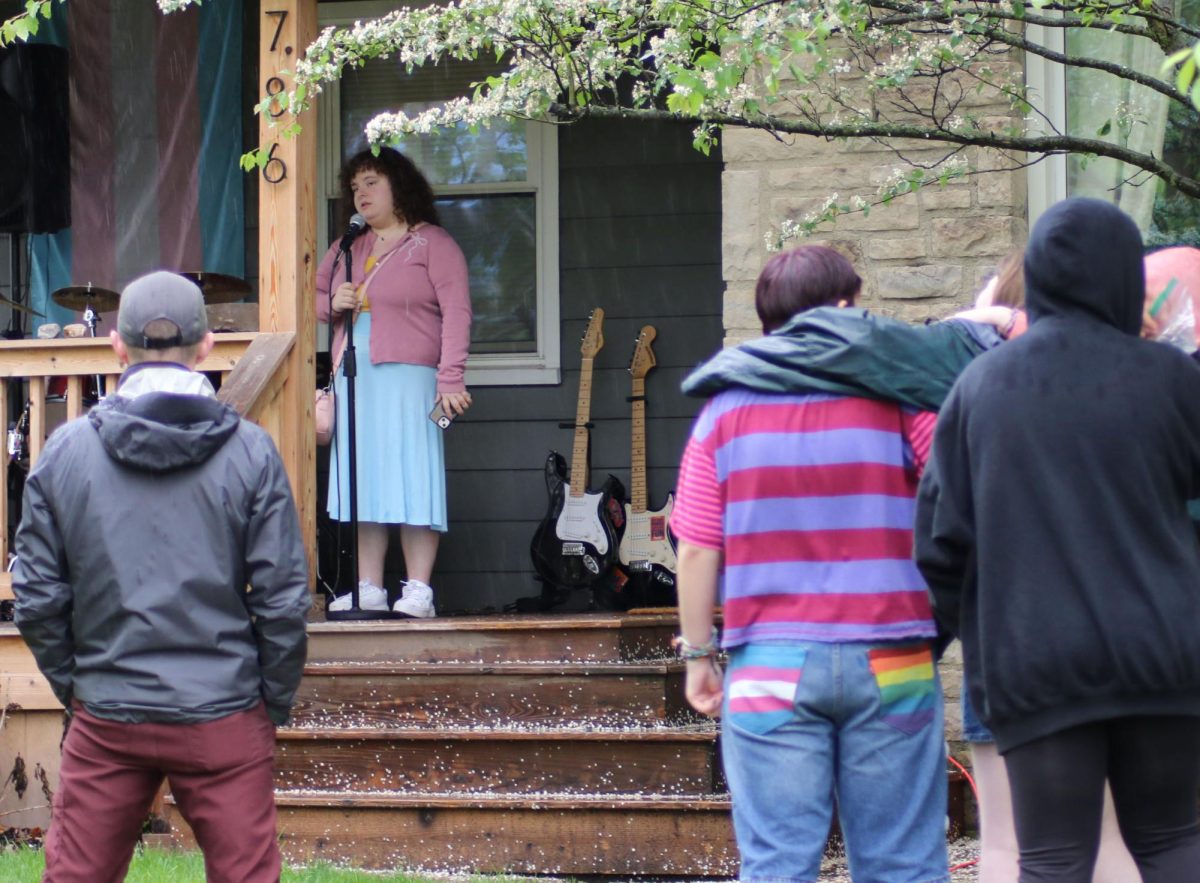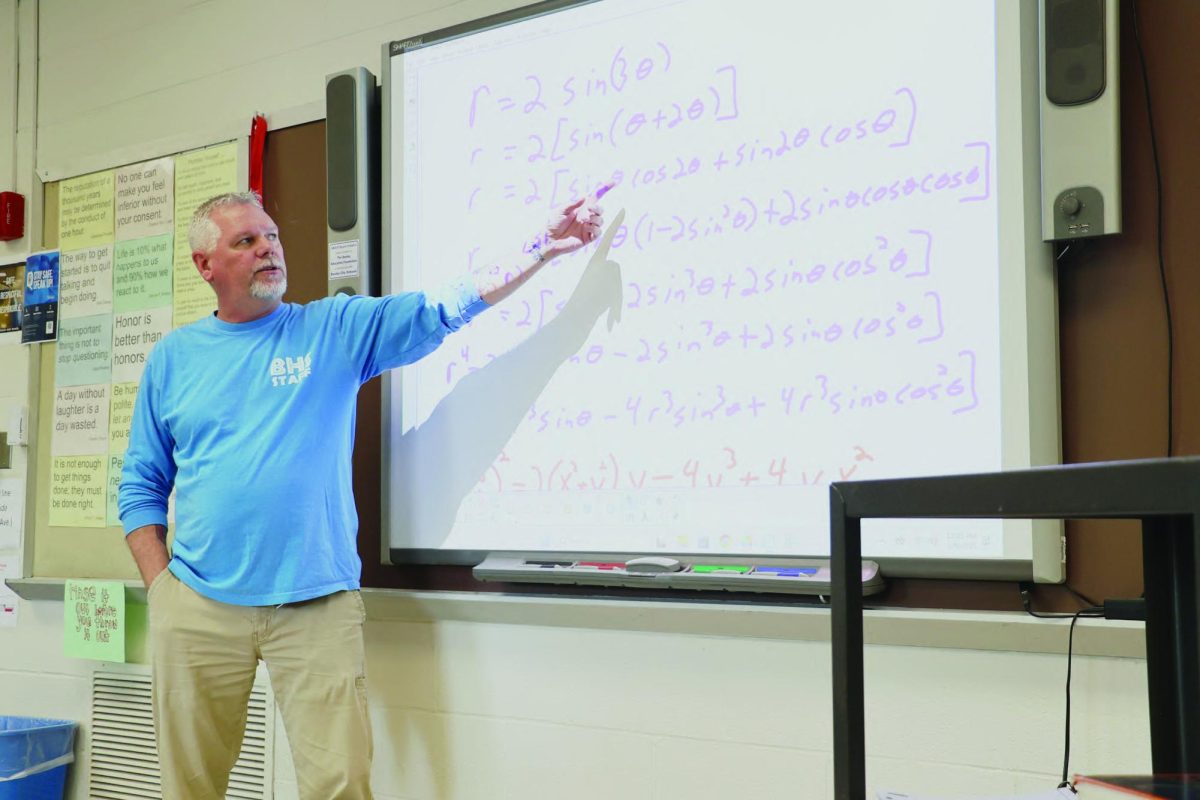The Environmental Club’s annual clothing swap will take place April 22-23 during school hours in the Dargusch Black Box Theater.
Science teacher and Environmental Club adviser Scott Logsdon said the clothing swap is an event organized by the school’s Environmental Club. It allows students to donate clothes they don’t need or want and swap them out for other donated items in an effort to combat the harmful impacts of fast fashion trends, he explained.
Junior Anna Whisler and senior Nicholas Nanberg put the event together, and the club has been meeting with administrators to get everything organized before the swap begins, Nanberg said.
“The event is a one for one system; if a student donates five items, they get to pick five items,” Logsdon said. “Students who haven’t donated to the swap can purchase each item for one dollar.”
Senior and Environmental Club member Ella Hughes explained fast fashion is the process of purchasing a constant stream of cheaply produced clothes and discarding older ones that are no longer in style. The cycle creates a large amount of waste and contributes to fossil fuel emissions, both in the production and transportation of the clothes, she added.
“We hope the swap will spread awareness about the environmental impact of the fast fashion industry,” Hughes said. “We also hope the swap will reduce some of the present and future environmental impacts of fast fashion here in Bexley.”
The event began as a part of an EcoSummit project led by past Environmental Club co-president Iris Frost, and it has been successful since its first event in the spring of 2022, Whisler said.
“We get a lot of clothing and lots of kids donate,” Whisler explained. “We knew it was something that worked, so that is why we continued to do it this year.”
Logsdon said all clothes left over are donated to charities in the Greater Columbus area that distribute them to those in need. Last year, the club donated all remaining clothes to the Bishop Griffin Resource Center, he explained.
While the event has been a success in previous years, it has not been without challenges, Whisler said. She explained the club has dealt with scheduling conflicts due to its location, as the theater program also uses the space for their performances in the spring.
Hughes said one of the biggest challenges for organizing the drive has been the logistics.
“Organizing the swap takes collaboration with the theater department to arrange access to the theater and with the school administration to get permission for the event,” she explained. “We also are still trying to get student involvement as high as possible. We want to get the word out about the swap.”
Whether it’s laying out the clothes or setting up the space, Logsdon said putting on the event each year requires lots of help and participation from both members and non-members of the Environmental Club.
“We have a group of students who will run around the week before the swap and collect clothes from others,” he explained. “They are going to offer their services to go to people’s houses and bring their bags of clothes to school for them.”
Hughes said she has had a positive experience organizing and participating in the event for the last few years as a member of the organization team and as a club member.
“We have a small team of executive members who work together to help organize it, so nobody is alone in anything, and we have a good amount of coordination and communication between us,” she explained.
Ultimately, Whisler hopes the clothing swap will encourage students to pay more attention to what they choose to purchase, she said.
“I hope it will teach students that you don’t have to buy new clothes all the time,” she explained. “Exchanging clothes can really help the environment because clothing is a very wasteful industry.”

